There has been a 93% surge in lithium-ion battery fires between 2022 and 2024, new research suggests, with e-bikes driving the increase.
It means that UK fire brigades are now tackling at least three lithium-ion battery fires a day, with e-bikes linked to more than a quarter (27%) of incidents in 2024.
The data, collected by QBE Insurance from Freedom of Information (FOI) requests to UK fire services in March 2025, showed that e-bikes accounted for 362 fires in 2024, doubling from 181 in 2022.
Fires involving electric scooters increased by 32% from 118 in 2022 to 156 in 2024, while fires involving electric mobility scooters rose by 20% from 25 in 2022 to 30 in 2024.
Meanwhile, between 2022 and 2024, fires involving electric cars rose by 77% (131 to 232), with the number of electric vehicles (EVs) on the road more than doubling during the same period.
|
|
2022 |
2023 |
2024 |
2022-2024 |
|
Fires linked to lithium-ion batteries |
690 |
1038 |
1330 |
+93% |
|
Fires involving an electric bike |
181 |
315 |
362 |
+100% |
|
Fires involving an electric car |
131 |
168 |
232 |
+77% |
|
Fires involving an electric scooter |
118 |
147 |
156 |
+32% |
|
Fires involving an electric mobility scooter |
25 |
32 |
30 |
+20% |
Source: QBE Insurance
Lithium-ion battery fires are the result of “thermal runaway”, where batteries start to irreversibly overheat, usually due to impact damage, over-charging or over-heating.
QBE is calling for improvements to lithium-ion battery safety, because the fires burn hotter, faster and behave more unpredictably than ordinary combustion fires, increasing the risk of injury to people and damage to property.
In addition, it says that many people still do not know how to manage these emerging technologies and devices safely in their homes or businesses.
Adrian Simmonds, practice leader for property risk solutions at QBE Insurance, said: “Lithium-ion battery fires continue increasing at a worrying pace.
“These fires burn differently, they take longer to tackle, typically need ten times more water to put out and are often more harmful to the surrounding environment.”
Simmonds explained that, while QBE supports the adoption of electric-powered transport, it is also calling for “stricter regulation”.
For instance, Simmonds said: “The UK should stop the sale of rogue e-bikes and other unregulated devices. This could be done in the Product Regulation and Metrology Bill, which is going through Parliament.
“In the meantime, consumers should purchase e-bikes and e-scooters from reputable companies, so retailers that show they take quality and compliance seriously with a genuine CE mark.
“Raising awareness around safe charging, use and disposal of lithium-ion batteries is critical to keeping people and property safe.”
London accounted for almost a third of all lithium-ion battery fires in the UK (31%) and nearly half of all e-bike-related fires (49% or 178 incidents) in 2024.
Of all the fire services in the UK, the London Fire Brigade recorded the highest number of lithium-ion battery fires in 2024, with 407 incidents – more than four times the next highest region.
Greater Manchester Fire and Rescue Service was second, reporting 100 lithium-ion battery fires, followed by West Yorkshire Fire and Rescue, which covers Leeds and Bradford, reporting 94 lithium-ion battery fires.
For those fires whose location was recorded, the most frequent one was residential properties, followed by outdoors and commercial premises.
Earlier this year, Renault Group gave all carmakers permission to use its Fireman Access system, which helps prevent EV battery fires.
The innovation allows the emergency services to rapidly flood a damaged EV battery with water, preventing the risk of thermal runaway.
From a technical standpoint, an adhesive disc is placed over an opening in the casing of the vehicle's traction battery, effectively sealing it for normal use. If the vehicle catches fire and the flames spread to the battery, the powerful jet from the fire hose dislodges the disc and drenches the cells in water.
In March, all non-folding e-bikes were banned from most Transport for London (TfL) services, including on the tube, overground, Elizabeth line and Docklands Light Railway (DLR).

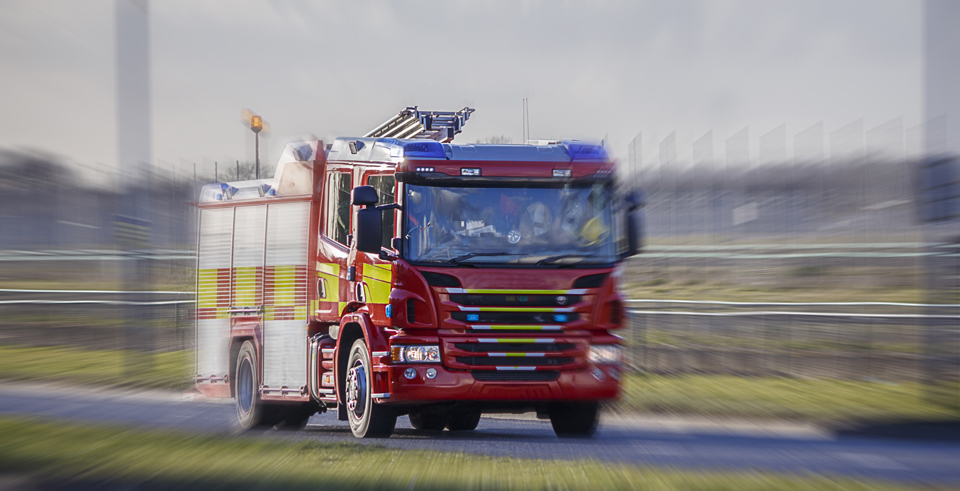




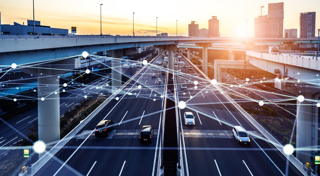
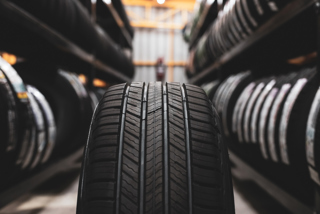

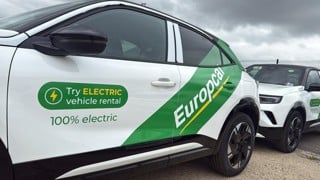

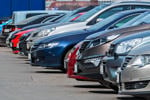



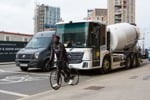
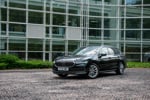
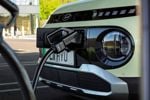



Login to comment
Comments
No comments have been made yet.